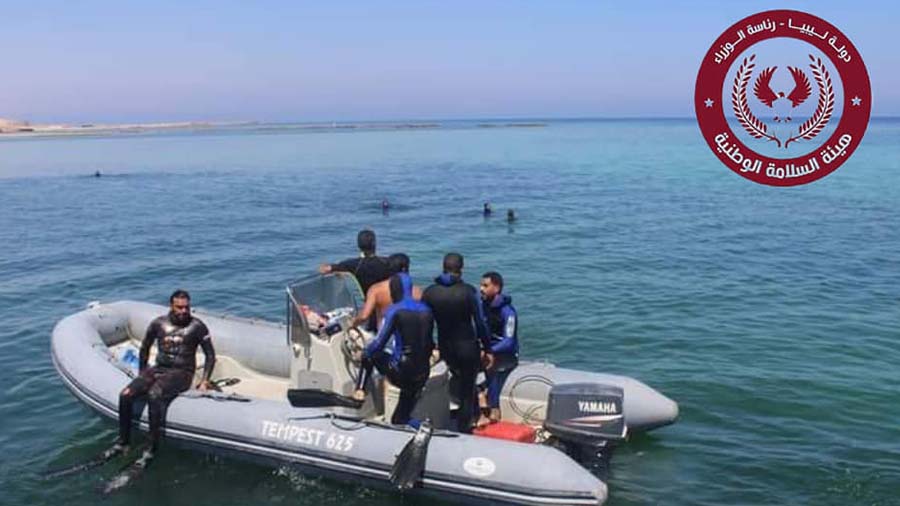Libya has witnessed a surge in drowning incidents this summer, with 76 deaths reported between June 8 and August 6, including 55 Libyan nationals, according to Musbah Al-Ghaziywi, head of the country’s Maritime Rescue Unit.
In a statement on Thursday, Al-Ghaziywi warned of a looming humanitarian crisis, citing severe shortages in personnel, equipment, and operational capacity across key coastal areas. He emphasized that the lack of resources is hampering efforts to respond to emergencies and prevent further loss of life.
Rescue Units Strained by Equipment Deficits
Al-Ghaziywi pointed specifically to the stretch of coastline between Tajoura and Al-Qarabolly, where no dedicated rescue units are currently in place. The Tripoli unit, he noted, is particularly ill-equipped, operating without rescue boats and relying on minimal resources that fall short of international safety standards.
While some improvements have been made along Libya’s eastern coast, Al-Ghaziywi stressed that the overall system remains under strain and urgently requires reinforcements to meet the growing demand.
Tragedy in Tobruk Highlights Dangers
Among the recent incidents, Al-Ghaziywi cited the drowning of three siblings in Tobruk, which occurred in a location previously identified as dangerous due to poor sea conditions. The tragedy, he said, underscores the urgent need for public adherence to official safety warnings issued by maritime and civil protection authorities.
Call for Immediate Action
The head of the Maritime Rescue Unit called on the relevant institutions to bolster national rescue operations, invest in equipment, and expand training programs to prevent future tragedies. He also urged the public to exercise caution and respect coastal safety advisories, particularly during the summer months when drowning risks are at their peak.
Libya’s Mediterranean coastline has become increasingly perilous in recent years, not only for citizens but also for migrants attempting the dangerous sea crossing to Europe. The latest figures raise broader concerns about maritime safety and the state’s capacity to respond effectively to emergencies along its shores.
